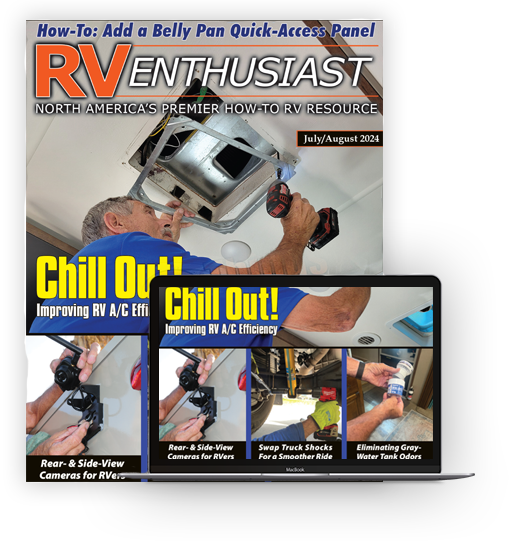Hot Topic
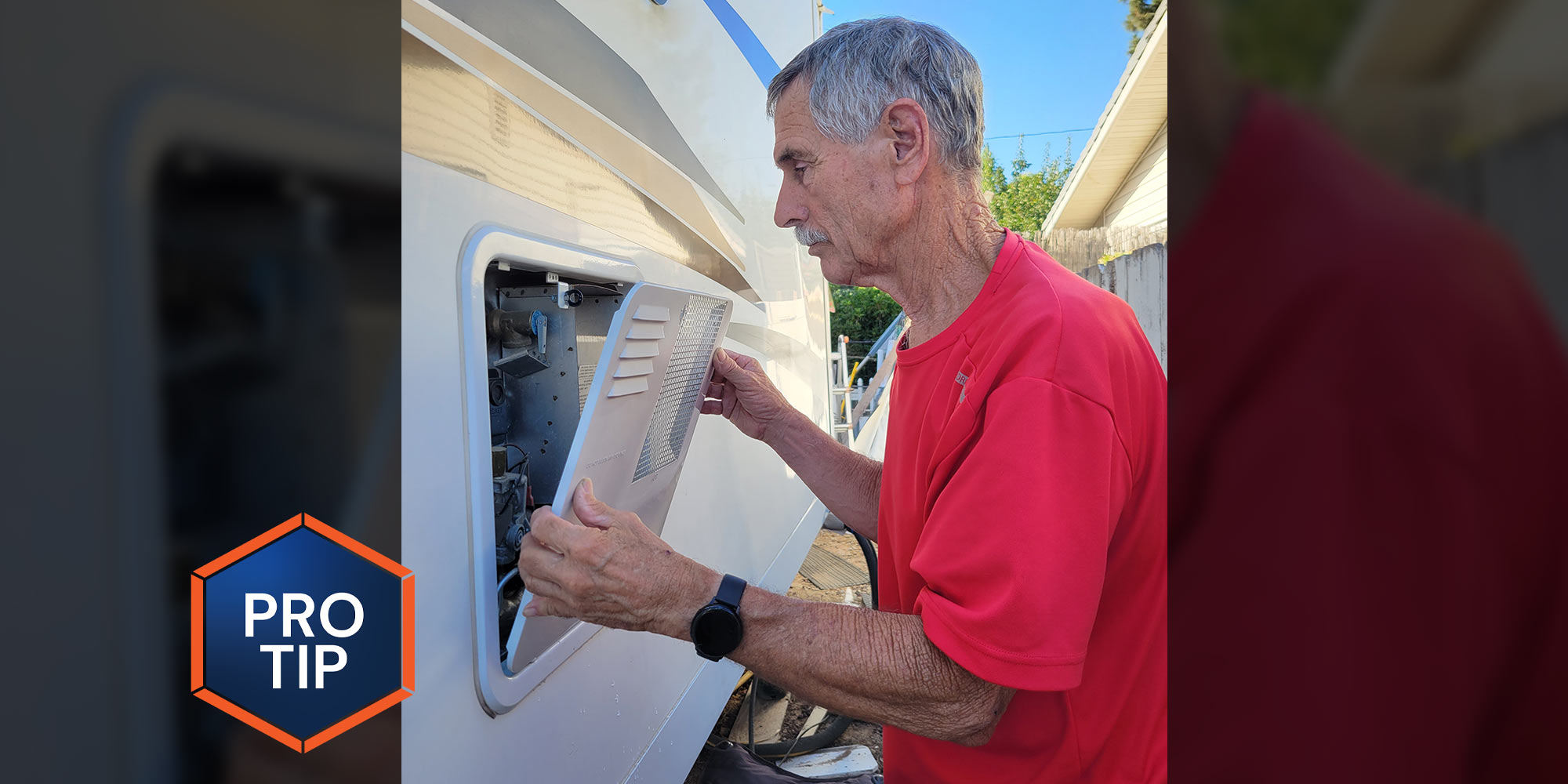
If you’re like most RVers, you turn on the appliances and just expect them to work, never thinking whether there’s a finite life to trouble-free service. Case in point: the electric heating element in my friend’s Suburban water heater. Granted, when these heating elements cease to function you can always switch the operation to LP-gas — but if you’re in a site with full hookups you might as well take advantage of the electricity, which is normally included with the fees you’re paying.
My friend’s RV was only three years old, so in all likelihood someone flipped the switch On with no water in the tank and caused the element to burn out quickly. I was able to determine that the heating element was toast by checking whether it had 120 volts AC at the element and if it was drawing any current. Using an induction amp meter, current registered zero; it should read somewhere around 10 amps while the water heater is in heating mode.
Keep in mind that the gas and electric sides have their own thermostat and emergency cut off (ECO) switches that are mounted just above the gas valve. The thermostat assembly has a propensity to burn out, which can be detected by checking for 120-volt AC power at the heating element. If there’s no voltage at the heating element (and the circuit breaker is OK), you’ll need to backtrack to determine where the voltage stops, which would indicate the source of the problem. If you’re not confident working with 120-volt AC power, turn this part of the project over to a qualified technician.
While there are several replacement parts with unfamiliar names on the market that are cheaper, I decided to go with the Suburban OEM element. You can acquire the “Suburban 520900 Water Heater Element with Gasket for SW-Series-120V” for $15.98 on Amazon.
The heating element is quite simple to replace, albeit with a little grunting to break it loose from the tank. In preparation, turn off the switch that’s usually in the monitor-panel cluster inside the RV. There’s also another On/Off switch in this unit right next to the heating element. Know, however, that some manufacturers do not add the interior switch; if this is the case, make sure the switch in the water heater compartment is in the Off mode. It’s also always best to unplug any source of 120-volt AC power from the RV, just to play it safe.
You can also drain the tank first, which may not be a bad idea if it’s time to check the condition of the anode rod. In either case, do not attempt any repairs until the water in the tank has cooled.
Removing the heating element will require the use of a special socket specifically sized and shaped for this type of project. Many do-it-yourselfers are tempted to simply employ a standard ½-inch-drive socket that’s close to the size of the element, but because of the odd shape of the heating element and metal faceplate it’s difficult to get enough “bite” to remove it from the tank. We used the Camco 09951 Professional Water Heater Element Socket ($19.99 on Amazon).
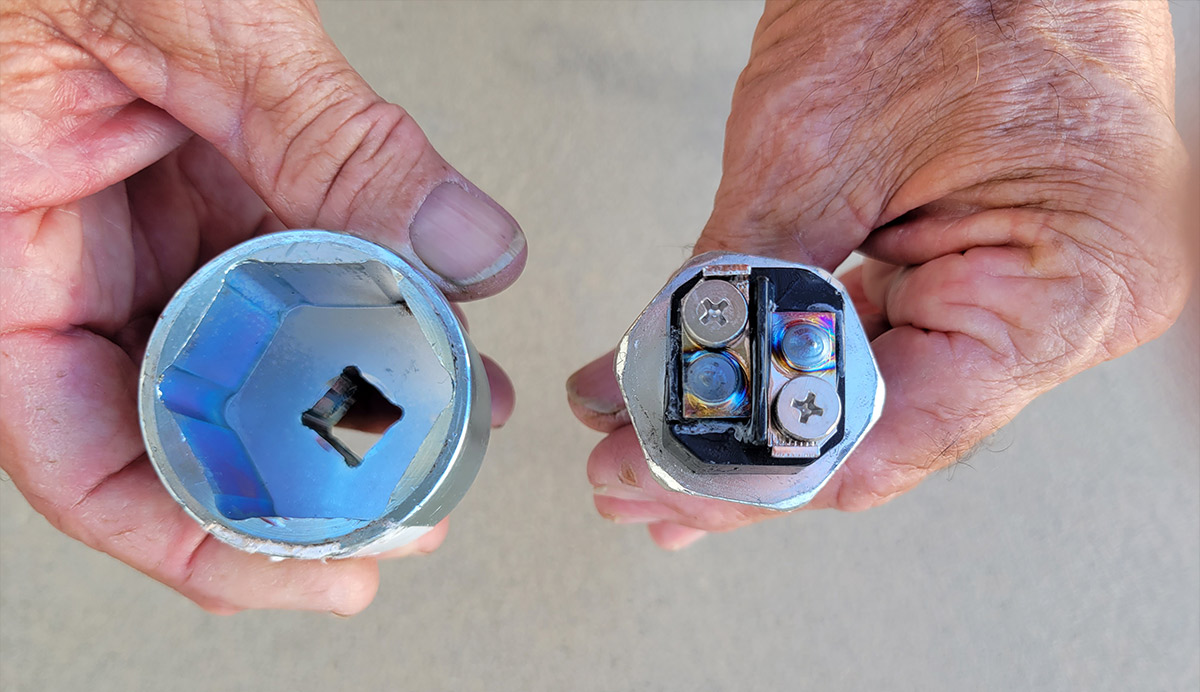
After turning off the switch(es) for the water heater, the element can be removed. Normal sockets will not fit the heating element properly — and in many cases won’t even clear the metal faceplate. Camco sells a socket for a ½-inch ratchet drive specifically for this purpose.

Before trying to unscrew the element, remove the black and white wires from the heating element; there’s no slack in the wires to rotate the element. Don’t worry about identifying the wire positions since the element is not polarized. Attach a 6-inch extension to the new socket and a heavy-duty ratchet. Don’t be alarmed if the element is hard to break loose. The calcium build-up over the years almost cemented the element into my friend’s water heater; I needed to use a 4-foot length of pipe on the end of the ratchet handle to break it loose. Once it popped loose, the element came right out. Be prepared: As you’re pulling the old element out, have the new one ready to go because if you didn’t drain the tank, water is going to flow out and you’ll need to screw in the new element quickly.
It’s not necessary to use Teflon tape or pipe dope on the threads since the element has a gasket to prevent leaks. However, it can be a bit of a chore to insert the long heating element in straight while trying to align it into the opening. Do not over-tighten the heating element; the gasket will do the work. There’s no set torque value, so my recommendation is to add a ¼-turn after snugging the element against the tank. The whole process should take no more than 30 minutes.
Once the new element is installed properly, check for leaks. Open the hookup spigot or turn on the demand pump to pressurize the system, then open a hot-water faucet inside the RV to purge air that’s in the system. Outside, keep an eye on the bottom of the gasket to ensure there are no droplets forming. Re-connect the black and white wires and install the cover that was removed for testing. The cover has a gasket around it and sometimes it can tear. It’s not a major problem if the gasket isn’t airtight; you can hold it in place with silicone while positioning the cover. Once you’re sure the tank is full of water, turn on the switch(es) and wait for the water to get hot. I tested the new heating element with the induction ammeter after it was installed and it was drawing 9.8 amps, so I was confident it was going to get hot, which it did. Again, never operate the heating element without water in the tank.
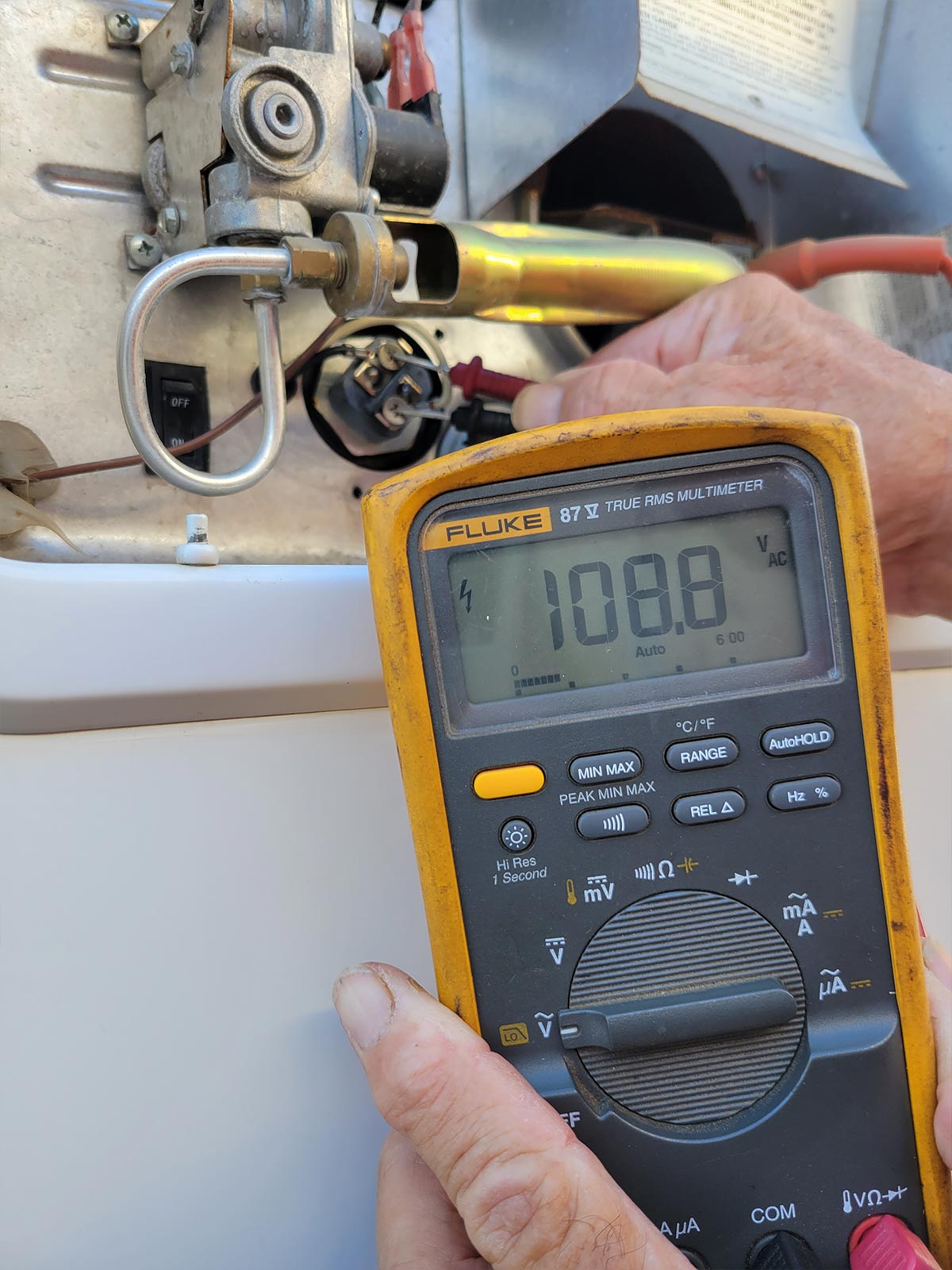
To determine whether the heating element is burned out, check AC voltage across the white and black wires. If there’s no voltage, first check the circuit breaker. If it’s okay, you’ll have to backtrack the circuit to find where the voltage stops and make necessary repairs.
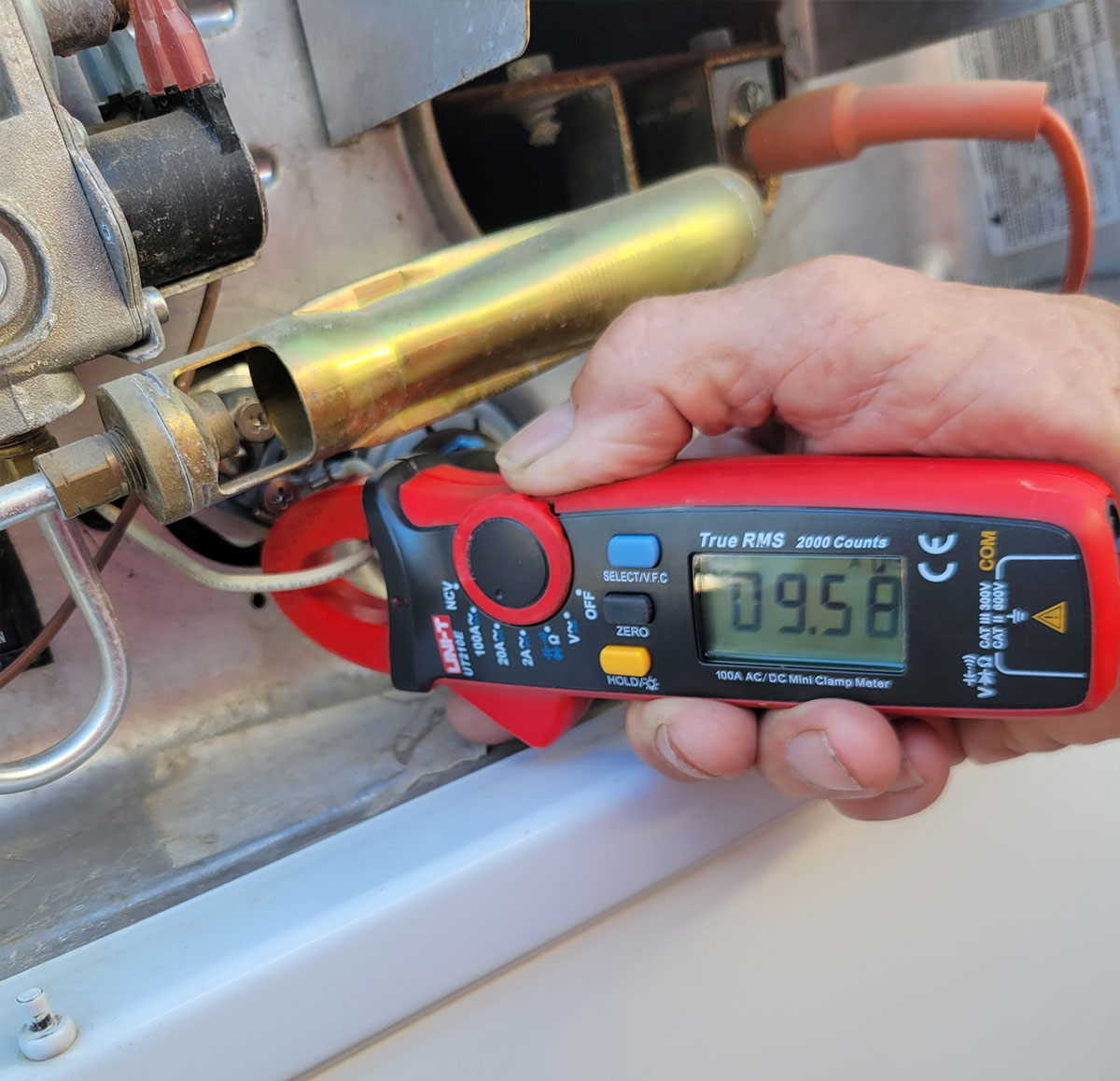
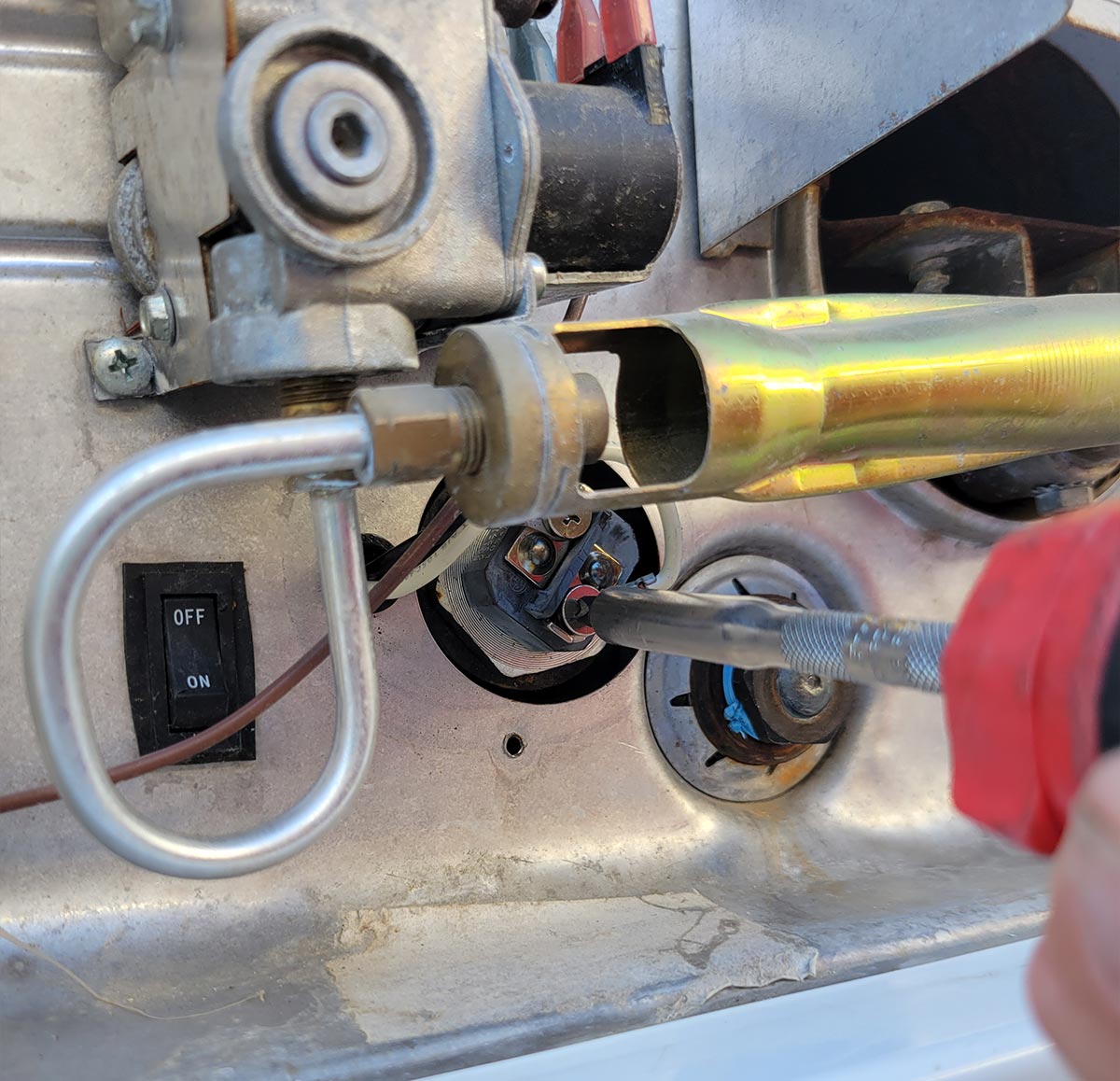
Loosen the screws on the heating element to remove the wires. There’s no need to record wire position because the element is not polarized. These screws may become corroded and be difficult to loosen without an impact driver or large screwdriver.

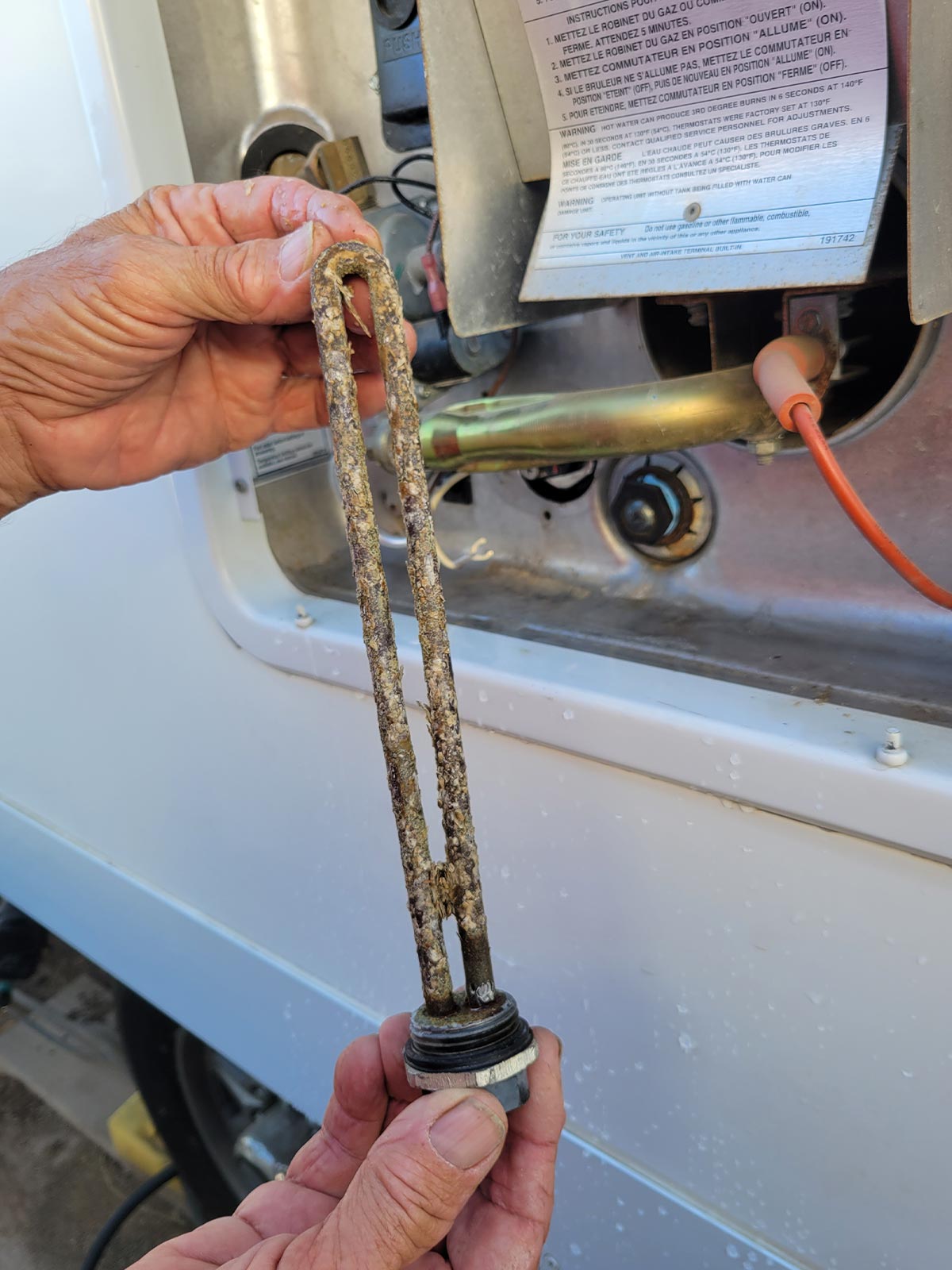

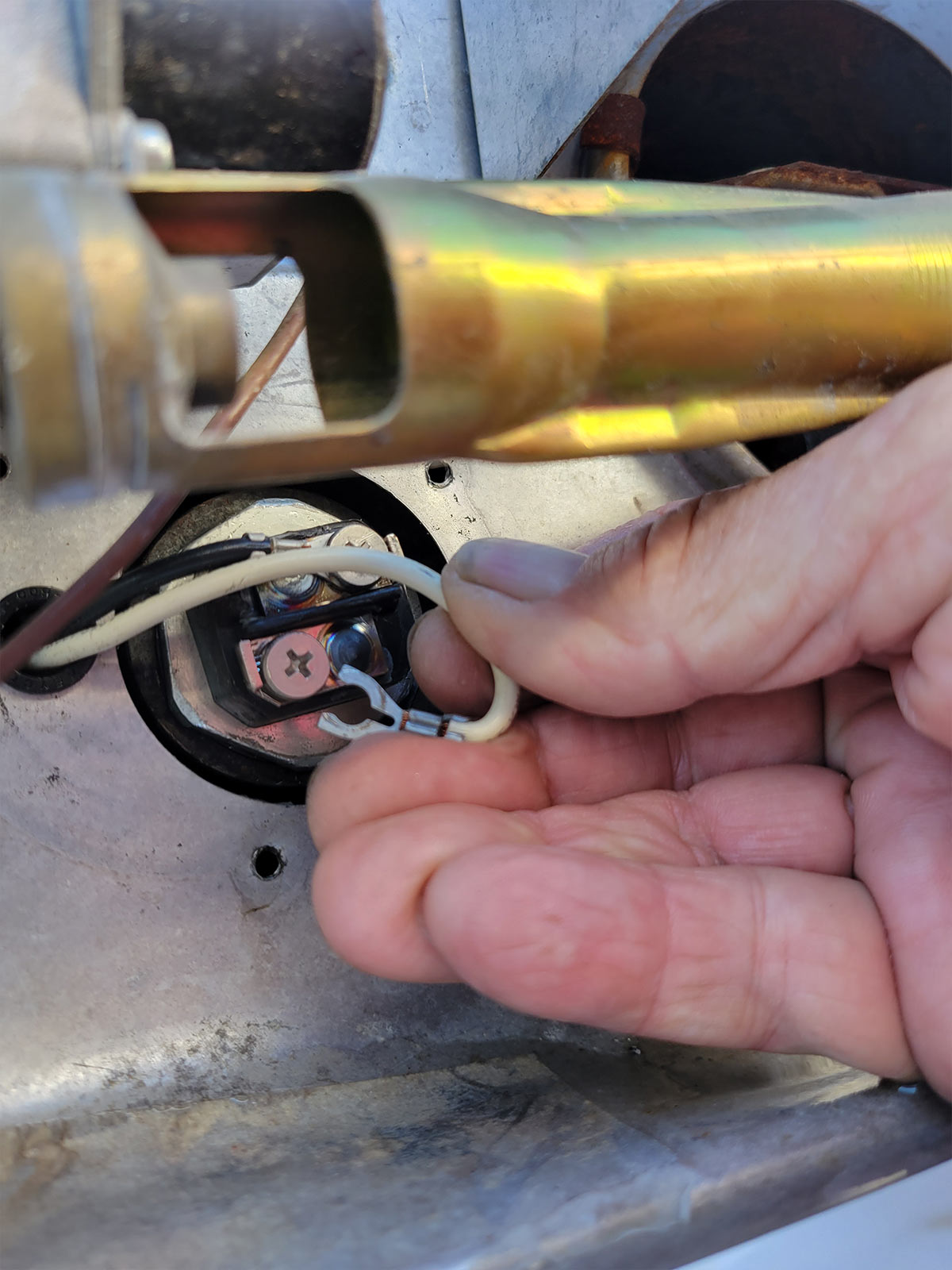
I couldn’t believe the amount of corrosion and water deposits on the heating element; it could not have been efficient at that point since it had to heat up all the corrosion and other deposits before getting to the water. I recommend replacing the heating element every five years if it’s under full-time service to ensure optimum performance. Since the process is so simple, it doesn’t hurt to pull the element out every few years and inspect its condition.
Occasionally, simple, inexpensive projects reap big rewards. This is one of them.
Already a Subscriber? Click here for Access to the Full Issues.

